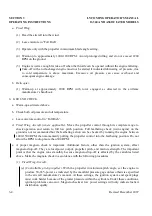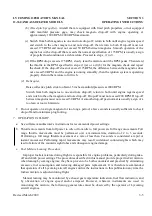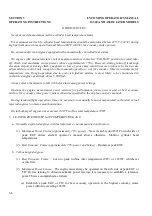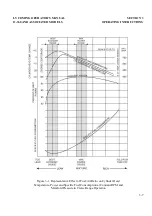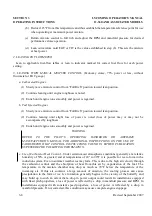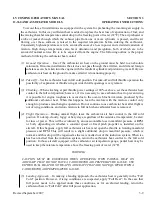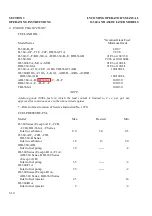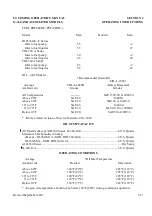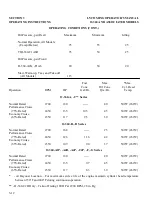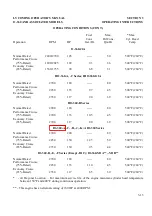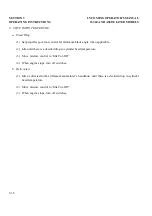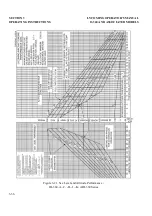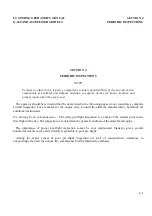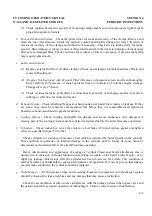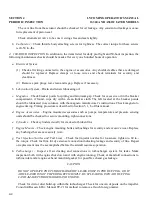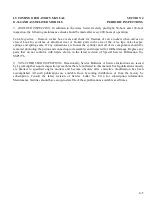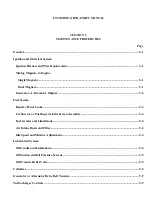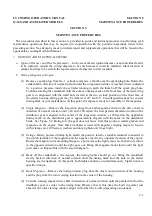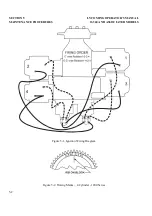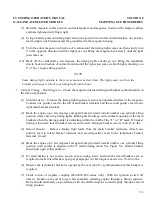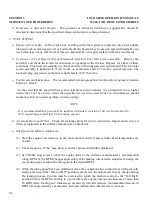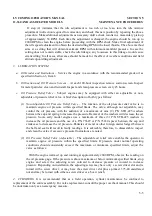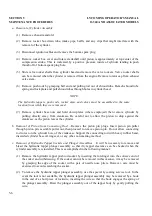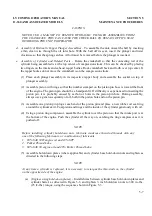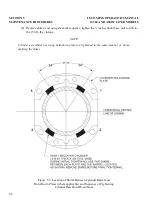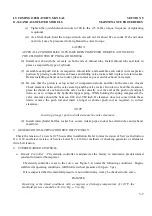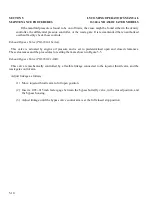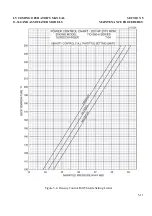
SECTION 4
LYCOMING OPERATOR’S MANUAL
PERIODIC INSPECTIONS
O-360 AND ASSOCIATED MODELS
1. DAILY PRE-FLIGHT.
a. Engine.
(1) Be sure all switches are in the Off position.
(2) Be sure magneto ground wires are connected.
(3) Checkoil level.
(4) See that fuel tanks are full.
(5) Check fuel and oil line connections;note minor indications for repair at 50-hour inspection.
Repair any leaks before aircraft is flown.
(6) Open the fuel drain to remove any accumulation of water and sediment.
(7) Make sure all shields and cowling are in place and secure. If any are missing or damaged, repair
or replacement should be made before the aircraft is flown.
(8) Checkcontrols for general condition, travel, and freedom of movement.
(9) Induction system air filter should be inspected and serviced in accordance with the airframe
manufacturers recommendations.
b. Turbocharger.
(1) Inspect mounting and connections of turbocharger for security, lubricant or air leakage.
(2) Checkengine crankcase breather for restrictions to breather.
2. 25-HOUR INSPECTION (ENGINE).
After the first twenty-five hours operation time;new, rebuilt or
newly overhauled engines should undergo a 50-hour inspection including draining and renewing lubricating
oil. If engine has no full-flow oil filter, change oil every 25 hours. Also, inspect and clean suction and
pressure screens.
3. 50-HOUR INSPECTION (ENGINE).
In addition to the items listed for daily pre-flight inspection, the
following maintenance checks should be made after every 50 hours of operation.
a. Ignition System.
(1) If fouling of sparkplugs is apparent, rotate bottom plugs to upper position.
(2) Examine spark plug leads of cable and ceramics for corrosion deposits. This condition is
evidence of either leaking sparkplugs, improper cleaning of the sparkplug walls or connector
ends. Where this condition is found, clean the cable ends, sparkplug walls and ceramics with a
dry, clean cloth or a clean cloth moistened with methyl-ethyl-ketone. All parts should be clean
and dry before reassembly.
4-2

